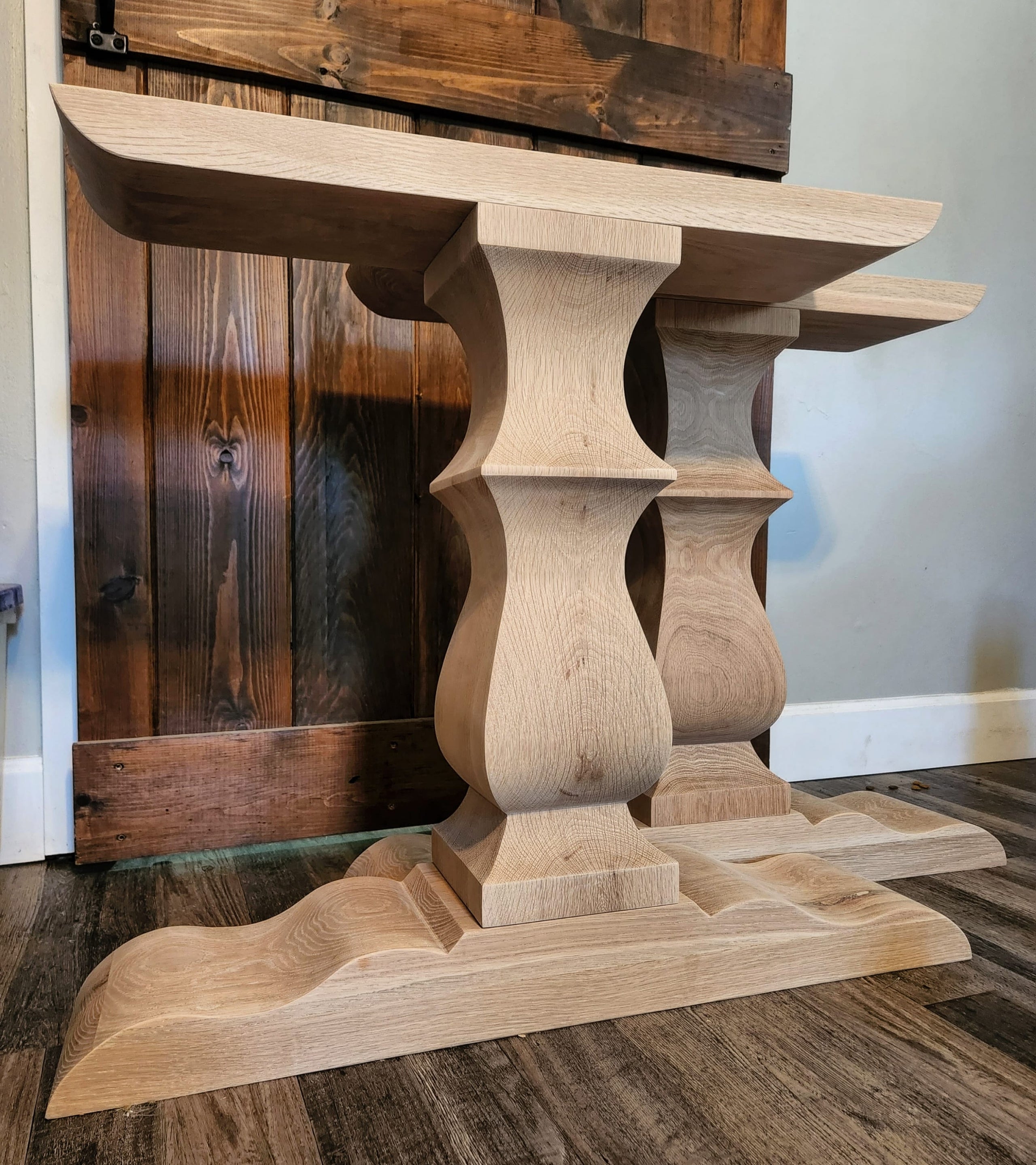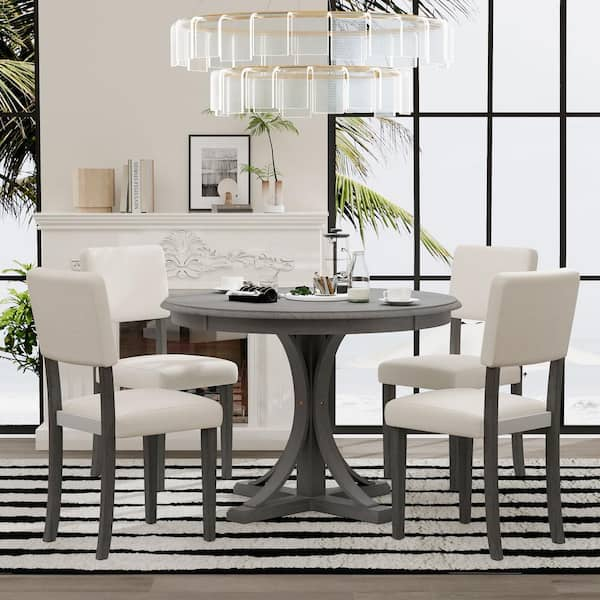Why Dining Room Table Legs Are Crucial for Your Table’s Stability
Why Dining Room Table Legs Are Crucial for Your Table’s Stability
Blog Article
Professional Tips for Putting Up Dining Room Table Legs for Maximum Security
When it involves setting up dining-room table legs, attaining maximum security is paramount for both functionality and appearances. The process begins with selecting the appropriate materials and hardware, adhered to by careful positioning and factor to consider of weight distribution. Each step plays an essential duty in making certain that the completed product endures everyday use without jeopardizing safety or layout integrity. Comprehending the subtleties of these components can dramatically influence the total result. What details techniques can boost stability even better?
Select the Right Legs
When picking the appropriate legs for your eating area table, it is important to think about both functionality and aesthetic appeals. The legs you pick will considerably influence the general layout and stability of the table. Review the table's planned use; if you expect frequent events, tougher legs, such as those made from solid wood or metal, may be a lot more ideal, as they offer increased durability and support.
Standard dining tables generally range from 28 to 30 inches in height, so guarantee the legs align with this criterion for convenience. Conical legs can add a modern touch, while transformed legs might communicate an extra timeless visual.

Select Appropriate Hardware
Just how can the best equipment enhance the stability and longevity of your eating area table? The selection of suitable hardware is essential to ensuring that the legs of your table are firmly connected and able to stand up to normal use. High-quality screws, bolts, and brackets provide the needed stamina to support the weight of the table, in addition to any type of added tons placed upon it throughout gatherings or meals.
When picking screws, go with those made from durable materials such as stainless steel or brass, which resist corrosion and keep integrity in time. The length of the screws is similarly important; they must penetrate deeply into the table's structure without compromising stability. For bolted connections, take into consideration making use of lock washing machines to avoid loosening up as a result of resonance or motion.
Additionally, utilizing edge brackets can add added assistance, especially for larger tables or those with much heavier tops. These brackets distribute weight evenly and aid preserve the table's shape. Ensuring that the equipment you pick is proper for the particular products of your table will certainly even more boost its total security and long life, enabling you to appreciate your dining experience for many years to find.
Ensure Correct Positioning
Appropriate placement of eating space table legs is necessary for both visual appeal and useful stability. Misaligned legs can result in an uneven table top, which may not only be aesthetically unattractive but also compromise the table's use. To accomplish optimal positioning, start by determining the distance from the table's edges to the leg add-on factors. This makes certain that each leg is positioned equidistant from the sides, producing a balanced appearance.
Utilize a degree during setup to validate that each leg is vertical to the table top. It is suggested to mark the preferred leg settings on the underside of the table with a pencil or masking tape prior to safeguarding them.
Furthermore, confirm the positioning after the initial screws are tightened, as adjustments might be required prior to completely protecting the equipment. By prioritizing appropriate positioning, you not only look at more info enhance the table's general design however also ensure that it remains stable and functional for several years ahead.

Consider Weight Distribution
After ensuring correct positioning of the eating area table legs, it's vital to take into consideration weight distribution to boost security and functionality. dining room table legs. Correct weight distribution is vital in protecting against tottering and ensuring that the table can sustain its designated tons without threat of tipping or collapsing
When placing the legs, ensure they are positioned at equal ranges from the facility of the table to equally distribute the weight throughout the framework. Take into consideration the weight of the tabletop and any kind of products that will regularly hinge on it, such as tabletop devices or decorative pieces. Tables with much heavier surfaces ought to ideally have legs located closer to the corners, as this makes best use of the base of assistance and lessens the threat of instability.
Additionally, if the article source table is meant for usage in a high-traffic location, take into consideration using much heavier products for the legs or including maintaining elements, such as cross-bracing or a lower rack - dining room table legs. These changes can help keep balance and avoid changing throughout usage. Eventually, a well-considered weight distribution method will dramatically improve the table's total performance, ensuring it stays a functional and appealing focal point for your dining space
Test Stability Before Use
Examining the security of the dining-room table prior to use is a crucial step that ought to not be ignored. Guaranteeing that the table is stable and safe can prevent accidents and prolong the lifespan of the furniture. Begin by using mild stress to different factors on the table surface. Lower on the facility and after that along the sides, observing any kind of wobbling or changing. Determine the legs or joints that may require modification. if the table shows instability.
Following, examine that all fasteners and screws are tightened correctly. Loosened links can cause instability and potential damage in time. If necessary, utilize wood glue on joints to enhance security, guaranteeing to enable ample drying out time.

Final Thought
In final thought, the installment of dining space table legs calls for cautious factor to consider of materials, equipment, alignment, and weight distribution to attain maximum stability. By choosing strong legs and high-grade fasteners, making sure precise positioning, and dispersing weight equally, the structural stability of the table can be considerably boosted. Conducting a stability test prior to routine usage better guarantees that the table will certainly stand up to daily stress, therefore providing a trustworthy and risk-free dining experience.
When it comes to installing dining room table legs, attaining optimum security is vital for both performance and appearances. The legs you select will significantly influence the general design and security of the table (dining room table legs). Common eating tables normally range from 28 to 30 inches in elevation, so make certain the legs straighten with this criterion for comfort.Proper placement of eating area table legs is necessary for both visual appeal and practical security.In conclusion, the installment of eating space table legs needs cautious consideration of products, placement, equipment, and weight distribution to achieve optimum security
Report this page